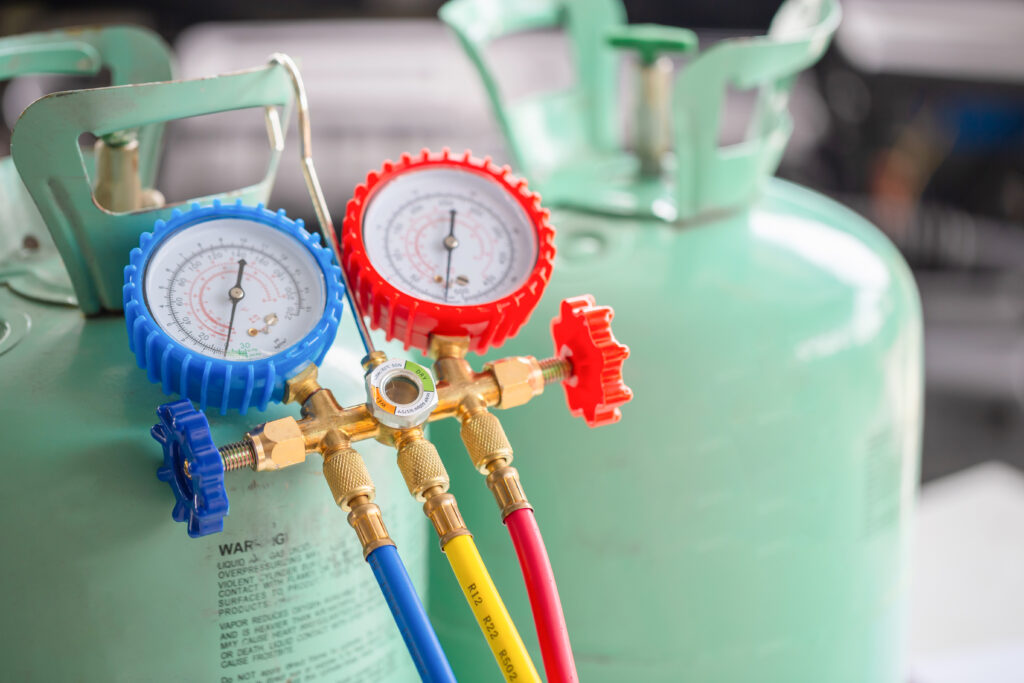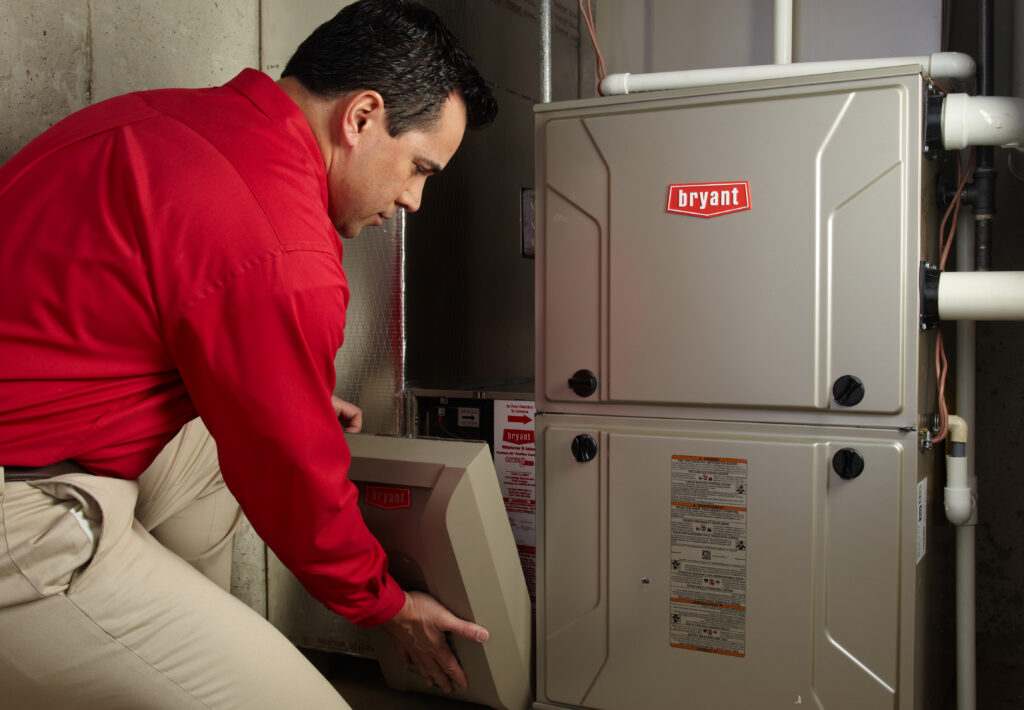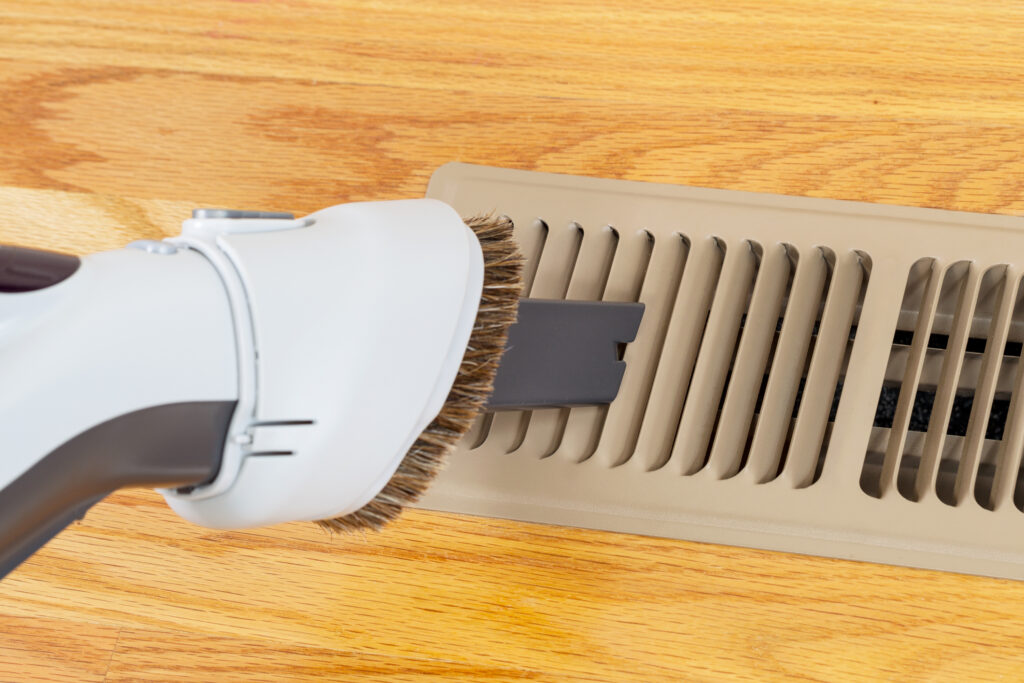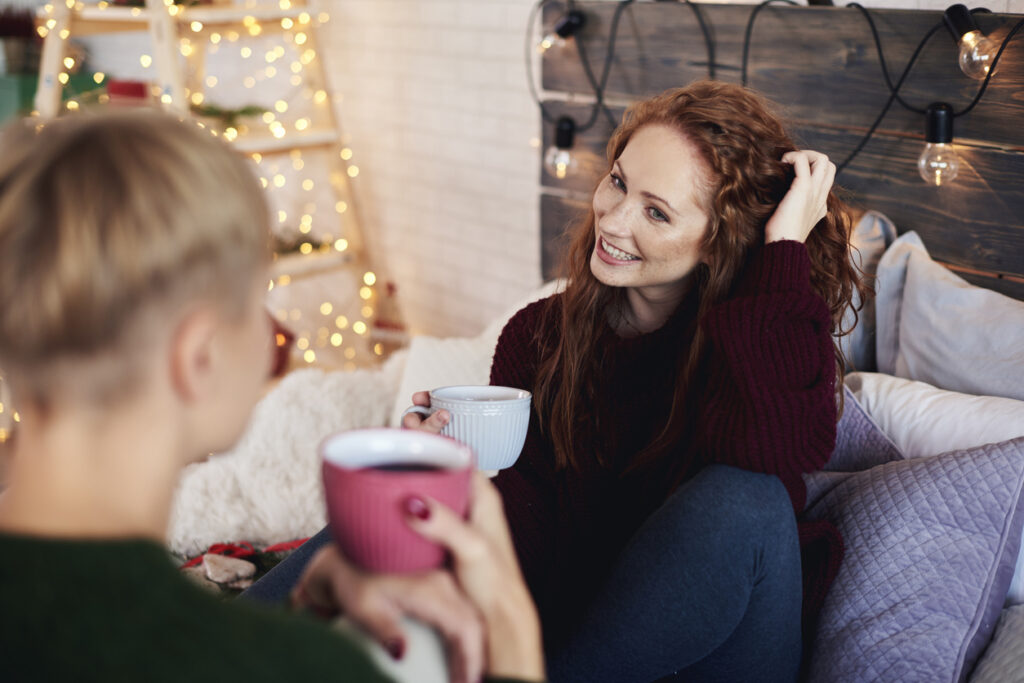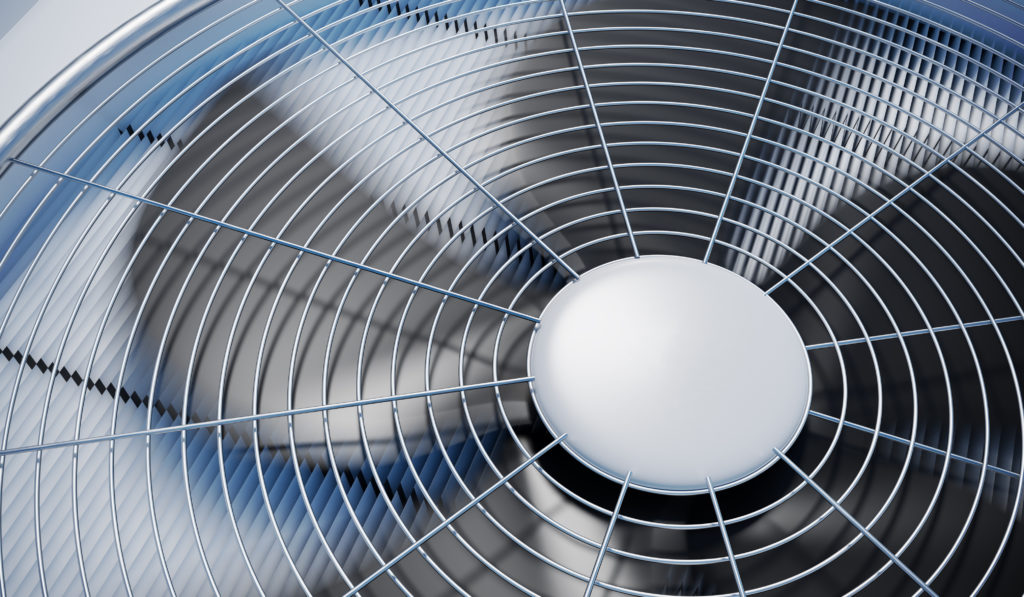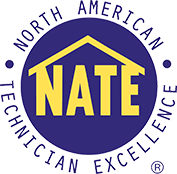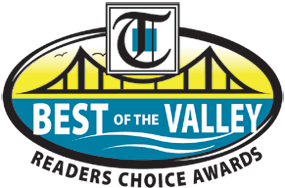Advances in AC technologies have made this an exciting time for home cooling upgrades. Still, budgeting for a new system is a big concern, and you likely have some questions. Let’s explore the key factors that will determine how much your AC costs.
System Type & Installation Requirements
There are two core options for an AC installation: ducted and ductless. Costs can vary dramatically between these approaches and the specific needs of a home. Installing a mini-split system in a large, multistory house can get expensive due to all the labor involved. Likewise, a central AC replacement that includes installing new ducts or a zone control system will be much pricier.
Let’s use the national data that Angi made available for consumers in 2025. Angi estimates that mini-split installations range from $2,000 to $14,500 and that the national average is $3,000. For central AC installations, it estimates a range of $5,000 to $12,500 and a national average of $7,500. Estimates for central ACs increase by $1,000 to $2,700 if you need ductwork.
Load Calculations & Accurate Sizing
How much cooling output your home needs depends on its square footage, floor plan, ceiling heights, building envelope, and location. ACs sold in the U.S. range from about 1.5 to 5 tons. Accurate sizing is crucial because it minimizes upfront and operating costs. To determine that output, a professional installer will perform a load calculation unique to your home. The more tonnage you need, the more you can expect to pay.
Brand and Warranty Protection
AC unit prices within a particular tonnage category won’t usually vary dramatically. That said, you may notice a premium for certain brands. That premium can reflect higher-quality components, a better reliability record, and a longer, more robust standard warranty. Many manufacturers offer extended warranties as well. Those will lengthen and/or broaden the warranty protection, but they come at an additional cost you’ll have to factor in.
Seasonal Energy Efficiency Ratio
The HVAC industry in the U.S. uses the seasonal energy efficiency ratio (SEER2) to measure cooling efficiency. It indicates cooling efficiency over a theoretical summer, and the higher the number, the lower the operating costs. The Department of Energy has established a SEER2 minimum for your region. High-efficiency ACs exceed that minimum. They cost more because they have additional and more sophisticated components. That added initial cost may be worth it in the long run due to the reduced operating costs and other factors.
Energy Incentives
Some of those other factors can include energy incentives. The core goal with incentives is to lower the environmental impact of ACs by making high-efficiency models more affordable to the average consumer.
Tax Credits
The IRS offers a tax credit for ENERGY STAR ACs for 30% of the total cost up to $1,200. Note that this is a nonrefundable tax credit, which means you must owe taxes to benefit.
Rebates
Rebates provide you with cash, typically after the purchase. Available federal rebates can be worth as much as $8,000 in the case of heat pumps. If you claim a federal rebate, you can’t also claim the tax credit mentioned earlier. There are also rebates available through the state government, local government, utility companies, and private groups. If you’re eligible for multiple rebates, you can usually benefit from them all.
Sound Output
Mini-split systems typically operate at between 25 and 35 decibels (dB). Central ACs operate anywhere from 50 to 70 dB. You can expect to pay a premium for models at the lower end of these ranges. Many systems have a quiet mode, which is useful at night and when watching TV. For a central system, you can explore extra insulation as an alternative.
Additional Features
Experts advise budgeting for a new programmable or smart thermostat alongside your AC. Scheduling alone can reduce annual cooling costs by 10% on average. Smart thermostats often have additional money-saving features, such as energy monitoring and reporting. An onboard smart feature to consider is predictive maintenance. The industry estimates it can lower the average consumer’s total maintenance and repair costs by 40%.
Accurate AC Installation Quotes in Beaver County and Beyond
BVSM Heating & Air Conditioning is based in Monaca, PA, and our history in this region dates back to 1956. Our company is a Bryant Factory Authorized Dealer, but we install all AC brands. We offer free installation quotes and flexible financing on approved credit. To schedule an in-home consultation, call today or contact us online.


